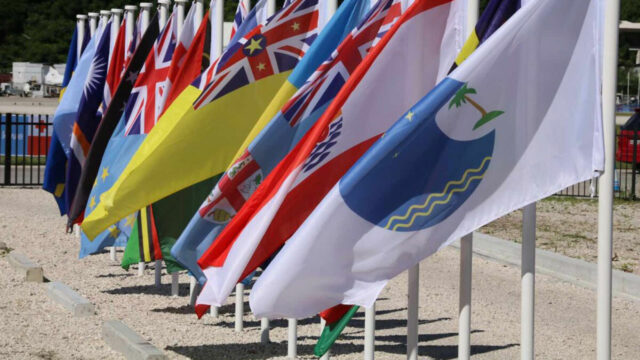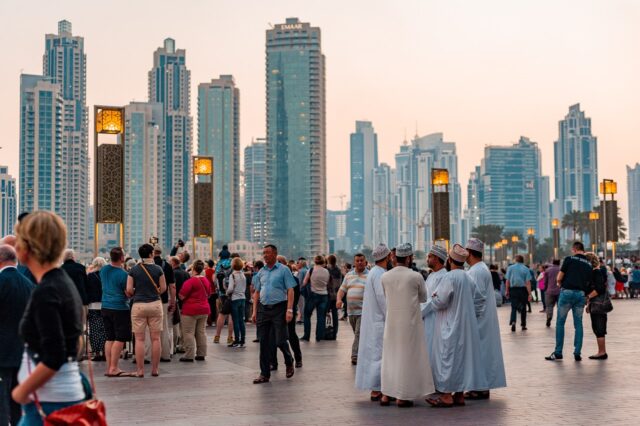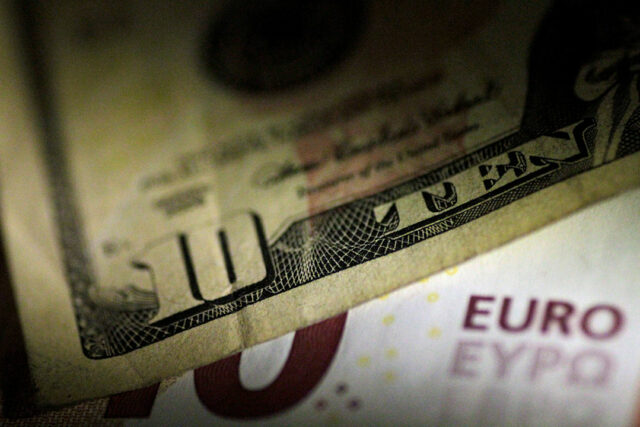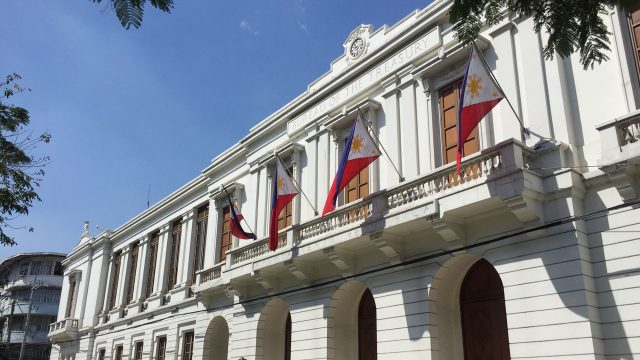Could Kamala Harris beat Donald Trump in November’s presidential race?

WASHINGTON — She worries Republican donors, has name recognition, and Democratic Party heavyweights are beginning to line up behind her.
Vice President Kamala Harris would be President Joseph R. Biden’s natural successor if he bowed to growing pressure and stepped aside as the Democratic candidate in the 2024 election, top Democrats say.
Now party donors, activists and officials are asking: Does she have a better chance than Mr. Biden of beating Donald Trump? Mr. Biden has said repeatedly he is staying in the race.
Ms. Harris, 59, a former US senator and California attorney general, would be the first woman to be president of the United States if she becomes the party’s nominee and prevails in the Nov. 5 election. She is the first African American and Asian person to serve as vice president.
Her 3-1/2 year White House tenure has been characterized by a lackluster start, staff turnover, and early policy portfolios including migration from Central America that did not produce major successes.
As recently as last year, many inside the White House and the Biden campaign team privately worried Ms. Harris was a liability for the campaign. The situation has changed significantly since then, Democratic officials have said, as she stepped forward on abortion rights and courted young voters.
She “is proud to be his running mate and looks forward to serving at his side for four more years,” the Biden Harris campaign told Reuters.
SOME POLLS FAVOR HARRIS
Recent polls suggest Ms. Harris could do better than Mr. Biden against Mr. Trump, the Republican candidate, although she would face a tight contest.
A CNN poll released on July 2 found voters favor Mr. Trump over Mr. Biden by six percentage points, or 49% to 43%. Ms. Harris also trailed Mr. Trump, 47% to 45%, within the margin of error.
It also found independents back Harris 43%-40% over Trump, and moderate voters of both parties prefer her 51-39%.
A Reuters/Ipsos poll after last week’s televised debate between Trump and a faltering Biden found Harris and Trump were nearly tied, with 42% supporting her and 43% backing him.
Only former first lady Michelle Obama, who has never expressed any interest in joining the race, polled higher among possible alternatives to Biden.
Internal polling shared by the Biden campaign after the debate shows Harris with the same odds as Biden of beating Trump, with 45% of voters saying they would vote for her versus 48% for Trump.
Influential Democrats including US Representative Jim Clyburn, who was key to Mr. Biden’s 2020 win; Rep. Gregory Meeks, a New York congressman and senior member of the Congressional Black Caucus; and Summer Lee, a House Democrat from Pennsylvania have signaled Ms. Harris would be the best option to lead the ticket if Mr. Biden chooses to step aside.
House Minority Leader Hakeem Jeffries has also privately signaled the same to lawmakers, a Congressional aide said.
Ms. Harris is taken so seriously, two Republican donors told Reuters they would prefer for Mr. Trump to face Mr. Biden than her.
“I would prefer Biden to stay in place”, rather than be replaced by Harris, said Pauline Lee, a fundraiser for Trump in Nevada after the June 27 debate, who said she thought Mr. Biden had proved himself to be “incompetent.”
And some on Wall Street, an important Democratic fundraising center, are starting to indicate a preference.
“Biden is already behind Trump, and is unlikely to be able to overcome that gap given where his campaign is currently. Having VP Harris likely improves Democrats’ odds of taking the White House,” said Sonu Varghese, global macro strategist at Carson Group, a financial services company, after the debate. “There’s potentially more upside for her chances than Biden’s at this point.”
A majority of Americans see Ms. Harris in a negative light, as they do both men running for president.
Polling outlet Five Thirty Eight said 37.1% of voters approve of Ms. Harris and 49.6% disapprove. Those numbers compare to 36.9% and 57.1% for Mr. Biden, and 38.6% and 53.6% for Mr. Trump.
WOMEN, BLACK VOTERS, GAZA
Since the Supreme Court repealed women’s constitutional right to abortion in 2022, Ms. Harris has become the Biden administration’s foremost voice on reproductive rights, an issue Democrats are betting on to help them win the 2024 election.
Some Democrats believe Ms. Harris could energize Democratic-leaning groups whose enthusiasm for Mr. Biden has faded, including Black voters, young voters and those who do not approve of Mr. Biden’s handling of the Israel-Hamas war.
“She would energize the Black, brown, and Asian Pacific members of our coalition … she would immediately pull the dispirited youth of our country back into the fold,” said Tim Ryan, a former Democratic Congressman from Ohio, in a recent op-ed.
Democratic and Republican suburban women may also be more comfortable with her then Mr. Trump or Mr. Biden, he said.
As vice president, Ms. Harris’s public Israel strategy is identical to Mr. Biden’s, although she was the first senior leader of the US government to call for a ceasefire in March.
“Simply swapping out the candidate does not address the central concern” of the movement, said Abbas Alawieh, a member of the national “Uncommitted” movement that withheld votes for Mr. Biden in the primary based on his support of Israel.
If Mr. Biden were to step aside, there could be a competition between other Democrats to become the nominee.
If the party were then to choose another candidate over Harris, some Democrats say it could lose the support of many Black voters who were critical to Biden’s election win in 2020.
“There is no alternative besides Kamala Harris,” said Adrianne Shropshire, executive director of Black voter outreach group BlackPAC.
“If the Democratic Party thinks that they have problems now with their base being confused … Jump over the Black woman, the vice president, and I don’t think the Democratic Party actually recovers.”
LEFT-LEANING, TARGETED ATTACKS
However, Ms. Harris may struggle to reel in moderate Democrats and the independent voters who like Mr. Biden’s centrist policies, some Democratic donors said. Both parties seek independents to help pull them over the finishing line in presidential elections.
“Her greatest weakness is that her public brand has been associated with the far-left wing of the Democratic Party … and the left wing of the Democratic party cannot win a national election,” said Dmitri Mehlhorn, a fundraiser and adviser to LinkedIn co-founder and Democratic megadonor Reid Hoffman. “That is the challenge that she will have to overcome if she is the nominee.”
Ms. Harris would take over money raised by the Biden campaign and inherit campaign infrastructure, a critical advantage with just four months before election day on Nov. 5.
But any Democratic campaign still needs to raise hundreds of millions of dollars more before November to be successful, strategists say. And there, Harris could be a liability.
“I can tell you we have a really tough time raising money for her” said a source at the Democratic National Committee.
As a presidential candidate ahead of the 2020 election, Harris lagged Biden in raising money. She dropped out of the race in December 2019, the same month her campaign reported $39.3 million in total contributions. Biden’s campaign reported $60.9 million in the same period.
However, Mr. Biden’s campaign raised a record $48 million in the 24 hours after he named Ms. Harris as his running mate in 2020.
Ms. Harris’ prosecutorial background could shine in a head-to-head debate against Mr. Trump, some Democrats said.
“She is incredibly focused and forceful and smart, and if she prosecutes the case against the criminality of Donald Trump, she will rip him apart,” said Mehlhorn.
Republican attacks on Harris are ramping up as she has been floated as a possible Biden replacement. Conservative talking heads are re-circulating criticism leveled at her during the 2020 race, including from some Democrats, that Ms. Harris laughs too much, that she is untested, and unqualified.
On July 6 the New York Post, owned by the conservative News Corp, ran a column headlined “America may soon be subjected to the country’s first DEI president: Kamala Harris,” that said her political rise was because of her party’s diversity, equity and inclusion “stranglehold.”
Kelly Dittmar, a political science professor at Rutgers University, said the attacks are part of a long history of objectifying and denigrating women of color in politics.
“Unfortunately the reliance on both racist and sexist attacks and tropes against women running for office is historically common and persists to this day,” said Kelly Dittmar. — Reuters











